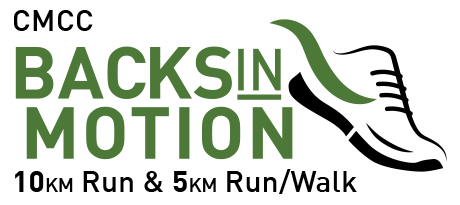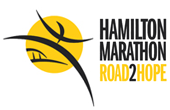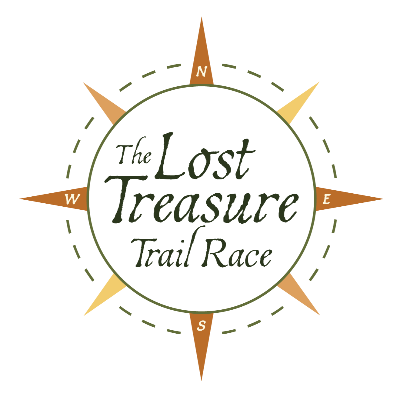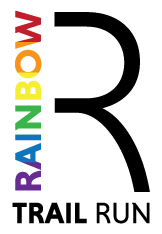How Do You Run?
Ask me how I run, and I’ll tell you no different than any Kenyan. At least that’s how I think I run. After all, I have studied a few videos of the world’s best and also chased a few locals around town. I try to emulate their form and stride as closely as I can. But after watching myself run recently, I can tell you I am far removed from their perfect form, farther than I ever thought!
So I mean it. How do you run? Do you really know? If you do, then you are far ahead of me in the the pursuit of perfect form. And I have been at this now for 10 years.
Perhaps you are reluctant to consider this question. If you know what is off with your form, then at least you have an opportunity to correct it. If you don’t want to know, nothing will change – ignorance is bliss, isn’t it? Maybe it is time to swallow some pride.
Proprioception
I watched my kids grow up ski racing. I admit it, I poached regularly from their training. And sometimes the coaches gave pointers to the parents, because our kids were watching us and in most cases we were very poor examples to emulate. So here’s a ski training concept that applies to running too: Proprioception.
Definition: Proprioception
This is your brain’s sense of where every part of your body is in space at any time. Close your eyes, pick up your foot. Now place it two feet out and two feet over and 1/2 inch above the floor (without touching). Open your eyes. How close did you get? Whether you trip over a tree root or a crack in the road, or not, has everything to do with your level of proprioception.
As far as our feet go, runners are fairly good at avoiding rocks, and in my case ski race gates screwed into rock-hard snow. Although we do face plant some times, most of the time we make it around okay. However, what is the rest of our body doing? If you know this, you will likely have great form, a mechanical balance that launches you efficiently and perpetually forward. For runners, this biomechanical balance is also essential to avoiding injury as well as ensuring great race performance. Imbalanced movements can quickly overwork muscles, leading to cramps, injuries, and missed podiums.
Your are your own Conductor – Lead With Your Hands
Maestro – that’s you – are you ready to make great music? Like a symphony, our body has several hundred “instruments” that must work together perfectly. Yes, I am talking everything from feet, calves, quads, pelvis, core and shoulders. What conducts them? Naturally, that would be your hands!
Luckily we do not run like iguanas. Evolution has severed the ties (somewhat) between our feet and hands. This means we can do things like run and carry a spear, our lunch or our mates. However, this does not mean our legs have become fully independent of our hands, this connection still exists. I have noticed this when pacing marathons. When I clap encouragement, I tend to speed up unwillingly. If you swing your arms faster, you will also speed up. If you pull your elbows further back, you will move your foot strike closer toward the toe (your centre of balance moves forward). Try it sometime.
So our feet will follow the lead of our hands, and apparently everything else that is connected to our feet. In this regard, good form requires excellent hand movement in concert with your stride. During almost every training run, try to focus on where your hands are – they should match the same back/forth motion as your feet, with little sideways motion across your body. And the movement between left and right should be equal.
This is my own concept: if you get your feet and hands right, everything else in between will be right too. This should make running in good form easy! No need to worry about 100’s of “instruments” just pay close attention to the four that count: Two feet, two hands.
Critical Feedback – The first step to better Proprioception
I would like to steal another idea from ski training: critical review of others. It is hard to see what our own bodies are doing, but quite easy to notice others. Ski coaches have their kids watch each other ski down the hill and describe what they are doing – both wrong and right. As this knowledge builds, the kids readily apply it to themselves and improve to impeccable form, through a process of regular feedback and adjustment.
Thinking about good form and getting feedback should be a daily event for every runner. Yet I just don’t get why running groups are reluctant to make this a regular part of their routine. Such feedback is invaluable. The next time you notice something out of whack with your running pal, do yourself and him a favour – tell him!
During the 20 Valley Half, about 7k into it, a coach-on-a-bike asked me what was us up with my left thumb. It was literally sticking straight up! That was all I needed. For the rest of the race I kept constant attention on my hands. This in turn kept me in good form and resulted in my best race performance of the year.
Why We Need Videos
Seeing yourself move is a game changer. We sometimes don’t believe or get what others are telling us. Sometimes our proprioception is out of tune. We also sometimes don’t know just how much change is needed to make improvements even after we THINK we have made them. And sometimes those changes feel so weird we would never think of doing it otherwise.
Know thyself. Watch your video. Have others watch it too. They may see things you are missing.
At the Endurrun Marathon Chris Duke captured video of the racers while driving alongside in his van. He put mine together in a 10 minute clip and posted it on Youtube. Many thanks to Chris! This is my game changer, and likely explains almost everything that was going wrong for me this season.
Back in 2009 I watched a video of me crossing the Sporting Life finish line – same arm movement as Endurrun. I thought I had corrected this! Old habits quickly return when you are not paying attention to good form.
Putting it All Together
http://www.youtube.com/watch?v=v8AOwgkTJe8
Here is the link to my Endurrun video. Take a close look at my stride, body position, hand movement, etc. Judge for yourself what looks right, what looks wrong. 30k into this race my left ham was completely cramped. I was on track for about 2:54 but had to settle for 3:01. Who knows how I would have finished with balanced hand movement – better for sure!
In the spirit of critical feedback, I welcome your comment below on the video. It will make both you and me better runners. Thanks!
Reference Material
Here are some excellent videos for your inspiration!
http://www.youtube.com/watch?v=hsUfo_jHQ60 (Kenyan footstrike)
http://www.youtube.com/watch?v=oN1x3Ik1t5Y (Overstriding and Correct Stride)
http://www.youtube.com/results?search_query=pose+running (An excellent series of videos on everything to do with running technique)




















